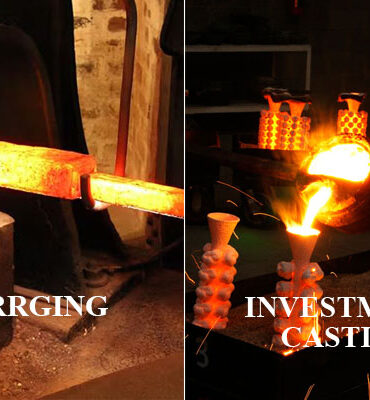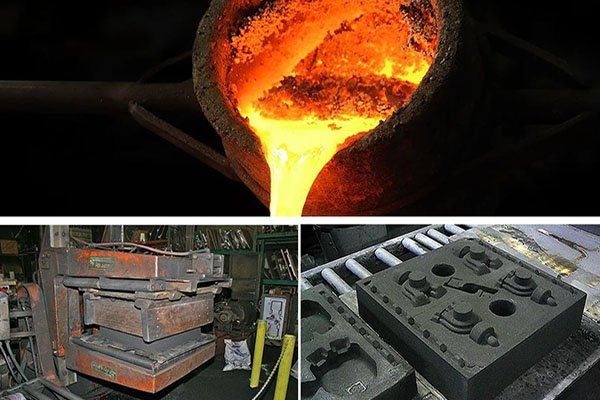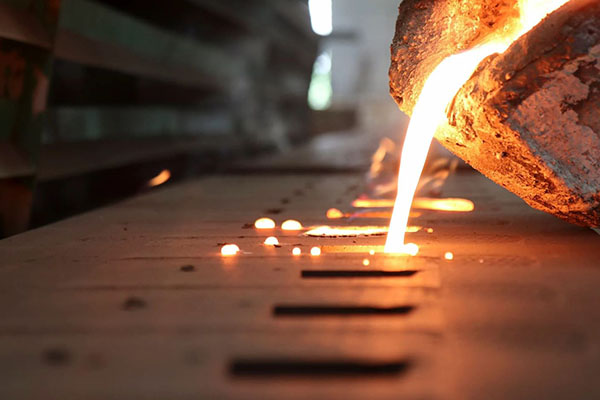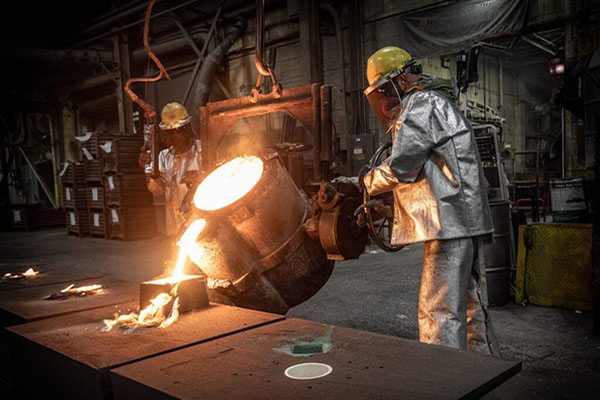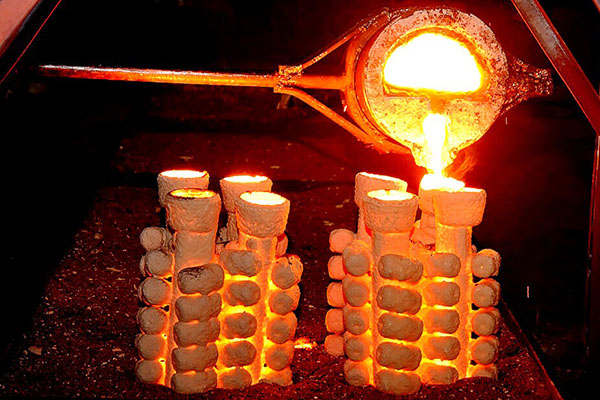In the manufacturing industry for metal components, there are various methods for processing complex metal parts. Among them, forging and investment casting stand out. Each method has its own advantages and disadvantages, making it suitable for different applications. In this article, GTR Vietnam Cast Company delves into these two methods to help readers make informed decisions when producing metal parts.
What is forging?
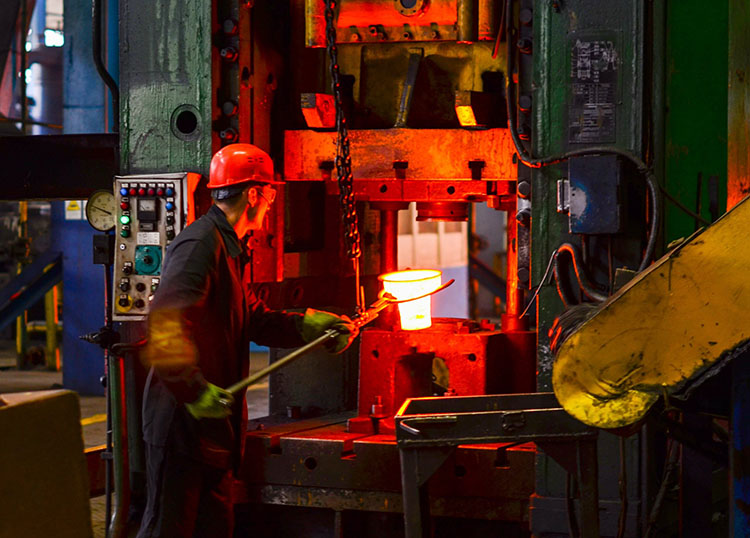
Forging is a metalworking process that shapes metal through compressive forces. The metal workpiece is heated and then hammered or pressed into the desired shapes. This method produces a dense microstructure, enhancing the material’s strength and durability.
Types of forging
The forging process can be categorized into different types based on the temperature applied to the material or the equipment used. Below are some of the most common types of forging:
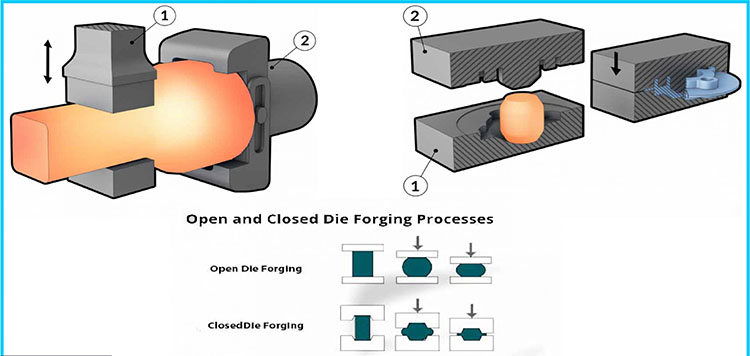
- Open-die forging
This method involves compressing metal between two flat dies without completely enclosing it. When heated, the metal can flow freely in all directions, allowing the formation of various shapes as required. The key characteristic of this method is its high strength and durability. It is well-suited for producing large, basic-shaped components.
- Closed-die forging (Impression-die forging)
Closed-die forging, also known as impression-die forging, is one of the most commonly used metal forging methods, offering greater precision compared to open-die forging. In this method, the metal is placed between two dies, one of which is a negative impression shaped to the desired form. The heated metal is inserted into the die and subjected to pressure, causing it to fill the mold completely.
The advantages of closed-die forging include high flexibility, the ability to create a variety of complex shapes, and excellent dimensional accuracy. This production process is particularly suitable for small to medium-sized components.
- Seamless ring forging
Seamless ring forging is a specialized forging method used to produce circular components with high strength and precision, without the need for welding. The process involves heating the metal, piercing it at the center, and then expanding its diameter while reducing the wall thickness to achieve the desired dimensions. This method is commonly applied in the manufacturing of gears, bearings, and ring-shaped parts.
Advantages of forging
Forging is a widely used metalworking process that offers numerous exceptional advantages. One of its key benefits is the superior strength of the finished products, achieved by aligning the metal’s grain structure with the shape of the component. Additionally, the forging process eliminates internal defects and porosity, resulting in products with high structural integrity. It also allows for reduced tolerances and precise dimensions, while the refined grain structure enhances wear resistance. These qualities make forging highly suitable for applications in industries such as aerospace, construction, and automotive.
What is investment casting?
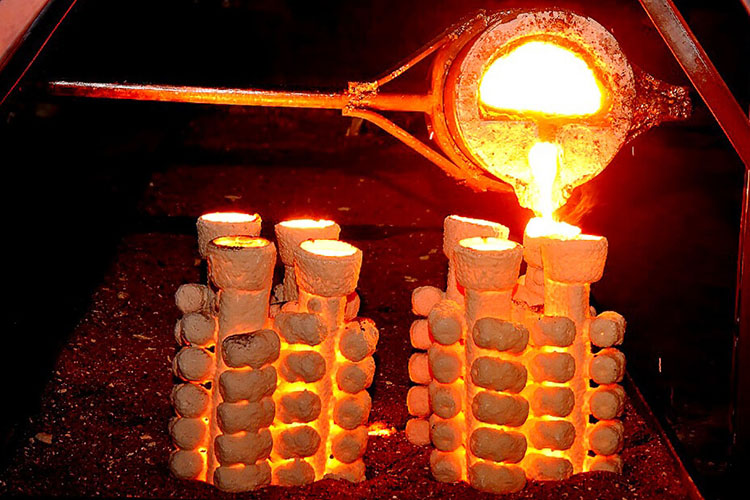
Investment casting, also known as lost-wax casting, is a highly precise casting method. The process involves creating a wax mold in the desired shape. This wax mold is then coated with a ceramic slurry and heated to melt away the wax, leaving a ceramic mold. Molten metal is poured into the mold and allowed to cool, forming the final product.
Advantages of investment casting
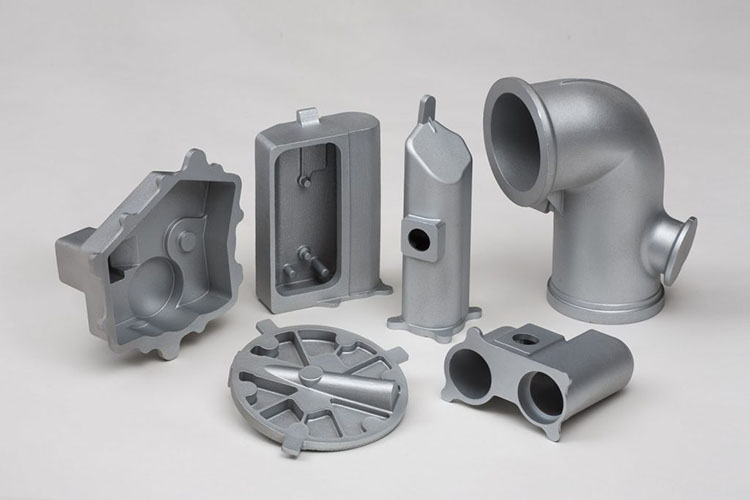
Investment casting offers numerous advantages and is widely used for manufacturing machine components in industries such as aerospace, medical, precision engineering, and automotive. This method allows the production of complex shapes with intricate details, smooth surface finishes, and high dimensional accuracy, eliminating the need for additional machining processes. Investment casting supports a wide range of materials, including ferrous and non-ferrous metals. Moreover, it minimizes material waste and ensures consistency in mass production, making it an efficient and reliable manufacturing method.
Summary of the difference between forging and Investment casting
| Feature | Forging | Investment casting |
| Process | Shaping metal by compressive forces | Creating a wax pattern and pouring molten metal into a ceramic mold |
| Mechanical properties | High strength, durability, and toughness | Good strength and ductility |
| Complexity of shapes | Can produce complex shapes, but may be limited by die design | Can produce extremely intricate shapes |
| Tolerances | Generally less precise | Highly precise |
| Production volume | High production volumes | Suitable for both high and low production volumes |
| Surface Finish | Requires additional machining | Smooth finish out of the mold |
How to choose the right process?
The choice between forging and investment casting depends on your project’s requirements. If you need parts that can withstand heavy loads and high stress, forging is the way to go. On the other hand, if your design involves complex geometries and precise details, investment casting offers the best solution.
At GTR Vietnam Cast, we specialize in providing high-quality casting solutions tailored to your needs. With expertise in both forging and investment casting, our team ensures the perfect balance of quality, precision, and cost-effectiveness. Whether you need durable forged components or intricately designed investment castings, we’ve got you covered.
Contact us today to discuss your project and explore the best manufacturing solution for your business!
See more:
- Investment casting process: Revolutionizing manufacturing with precision
- Advantages of precision investment casting
Contact GTR Vietnam immediately for free consultation:
Address: Hall X2, Hai Thanh industrial zone Duong Kinh ward Hai Phong, Vietnam
Website: https://gtrvietnamcast.com/
Email: info@gtrvietnamcast.com
Hotline: +84 2253 660919
